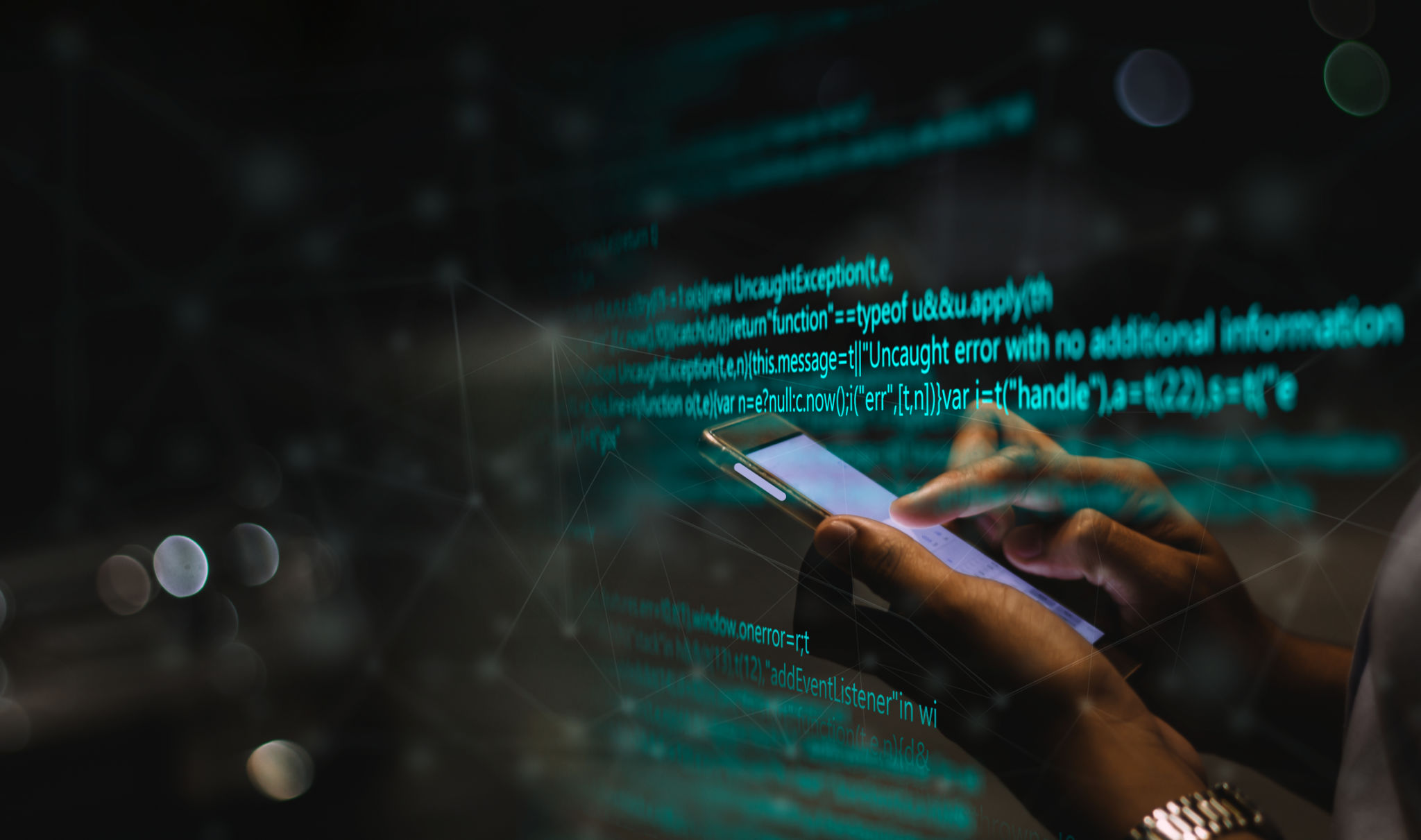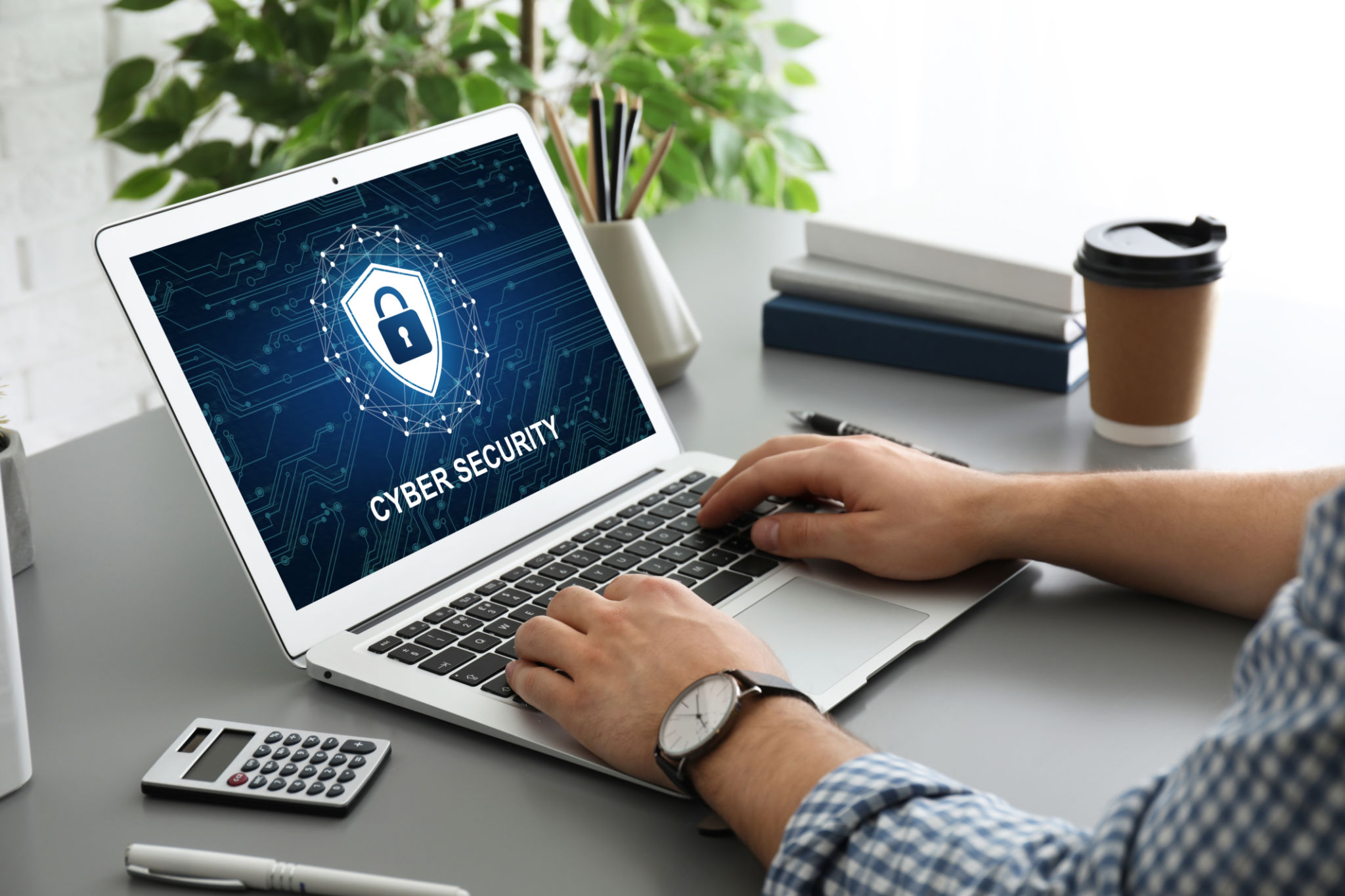From Dark Web Monitoring to PII Security: Comprehensive Cyber Risk Management
Understanding the Dark Web
The dark web is a hidden part of the internet that is not indexed by traditional search engines. It is often associated with illegal activities, but it also serves as a hub for privacy-focused communications. For businesses, the dark web poses significant risks as it can be a marketplace for stolen data. Dark web monitoring is essential for identifying potential threats and preventing data breaches before they happen.
Organizations must regularly scan the dark web to detect any mention of their sensitive information, such as employee credentials or customer data. By doing so, they can take proactive measures to mitigate risks and protect their digital assets from being exploited.

The Importance of PII Security
Personally Identifiable Information (PII) includes any data that can be used to identify an individual, such as names, social security numbers, and financial information. Protecting PII is crucial for maintaining customer trust and complying with regulations like the GDPR and CCPA. PII security involves implementing robust measures to safeguard this sensitive information from unauthorized access and breaches.
To enhance PII security, businesses should adopt encryption technologies, access controls, and regular audits. Training employees on best practices for data protection also plays a pivotal role in reducing the risk of inadvertent data exposure.

Comprehensive Cyber Risk Management
Cyber risk management is a holistic approach to identifying, assessing, and mitigating cyber threats. It involves understanding the specific risks faced by an organization and developing strategies to address them. A comprehensive cyber risk management plan should cover aspects such as network security, endpoint protection, and incident response.
Businesses should conduct regular risk assessments to evaluate their vulnerability to cyber threats. This process helps in prioritizing risk mitigation efforts and ensuring that resources are allocated effectively to protect critical assets.

Implementing a Layered Security Approach
A layered security approach involves deploying multiple security measures at different levels to create a robust defense against cyber threats. This strategy ensures that if one layer is compromised, others remain intact to protect the organization. Key components of a layered security approach include firewalls, antivirus software, intrusion detection systems, and multi-factor authentication.
By integrating these various security tools, businesses can create a comprehensive defense that addresses both external and internal threats. Regular updates and patches are also crucial to maintaining the effectiveness of these security layers.
Incident Response Planning
An effective incident response plan is critical for minimizing the impact of cyber attacks. This plan outlines the steps an organization should take in the event of a security breach, including identifying the source of the attack, containing the threat, and recovering affected systems. An incident response team should be established to oversee this process and ensure quick action.
Regularly testing the incident response plan through simulated attacks can help organizations identify weaknesses and improve their response strategies. This proactive approach ensures that teams are prepared to handle real-world incidents effectively.

Building a Cyber-Aware Culture
Creating a cyber-aware culture within an organization is essential for comprehensive cyber risk management. Employees should be educated about the latest cyber threats and trained on best practices for protecting sensitive information. This includes recognizing phishing attempts, securing passwords, and maintaining device security.
Encouraging open communication about cybersecurity issues can also foster a sense of responsibility among employees. When everyone in the organization is vigilant about cybersecurity, the overall risk is significantly reduced.
Leveraging Technology for Risk Management
Technology plays a vital role in effective cyber risk management. Advanced tools such as artificial intelligence (AI) and machine learning can help detect anomalies and potential threats in real time. These technologies enable organizations to respond swiftly to emerging risks and enhance their overall security posture.
Investing in cybersecurity infrastructure is not only about protecting data but also about ensuring business continuity. As cyber threats continue to evolve, staying ahead with cutting-edge technology is imperative for safeguarding an organization's digital assets.
Conclusion
From dark web monitoring to PII security, comprehensive cyber risk management is vital for protecting businesses in today's digital landscape. By implementing a layered security approach, developing robust incident response plans, and fostering a culture of cyber awareness, organizations can effectively mitigate the risks associated with cyber threats. As technology evolves, so must our strategies to ensure that sensitive information remains secure and businesses continue to thrive.
